Преди да се регистирате, молим ви прочетете Правилата на форумите и Какво е Без Мотика?.
Търсене във форума
Показване на резултати за тагове 'biology'.
Открити 1 резултат
-
Накратко, Tera Preta е земеделска техника на индианците от Амазонския басейн,практикувана в периода 450 пр.Хр-950 сл.Хр., която се състои в горене на дървесина и други органични отпадъци и превръщането им във въглен, който се закопава в почвата. "Terra preta (Portuguese pronunciation: [ˈtɛʁɐ ˈpɾetɐ], locally [ˈtɛha ˈpɾeta], literally "black soil" in Portuguese) is a type of very dark, fertile artificial (anthropogenic) soil found in the Amazon Basin. It is also known as "Amazonian dark earth" or "Indian black earth". In Portuguese its full name is terra preta do índio or terra preta de índio ("black soil of the Indian", "Indians' black earth"). Terra mulata ("mulatto earth") is lighter or brownish in color.[1] Homemade terra preta, with charcoal pieces indicated using white arrows Terra preta owes its characteristic black color to its weathered charcoal content,[2] and was made by adding a mixture of charcoal, bone, broken pottery, compost and manure to the low fertility Amazonian soil. A product of indigenous soil management and slash-and-char agriculture,[3] the charcoal is stable and remains in the soil for thousands of years, binding and retaining minerals and nutrients.[4][5] Terra preta is characterized by the presence of low-temperature charcoal residues in high concentrations;[2] of high quantities of tiny pottery shards; of organic matter such as plant residues, animal feces, fish and animal bones, and other material; and of nutrients such as nitrogen, phosphorus, calcium, zinc and manganese.[6] Fertile soils such as terra preta show high levels of microorganic activities and other specific characteristics within particular ecosystems. Terra preta zones are generally surrounded by terra comum ([ˈtɛhɐ koˈmũ] or [ˈtɛhɐ kuˈmũ]), or "common soil"; these are infertile soils, mainly acrisols,[6] but also ferralsols and arenosols.[7] Deforested arable soils in the Amazon are productive for a short period of time before their nutrients are consumed or leached away by rain or flooding. This forces farmers to migrate to an unburned area and clear it (by fire).[8][9] Terra preta is less prone to nutrient leaching because of its high concentration of charcoal, microbial life and organic matter. The combination accumulates nutrients, minerals and microorganisms and withstands leaching. Terra preta soils were created by farming communities between 450 BCE and 950 CE.Soil depths can reach 2 meters (6.6 ft). It is reported to regenerate itself at the rate of 1 centimeter (0.4 in) per year." https ://en.m.wikipedia.org/wiki/Terra_preta
- 23 отговора
-
- 1
-



